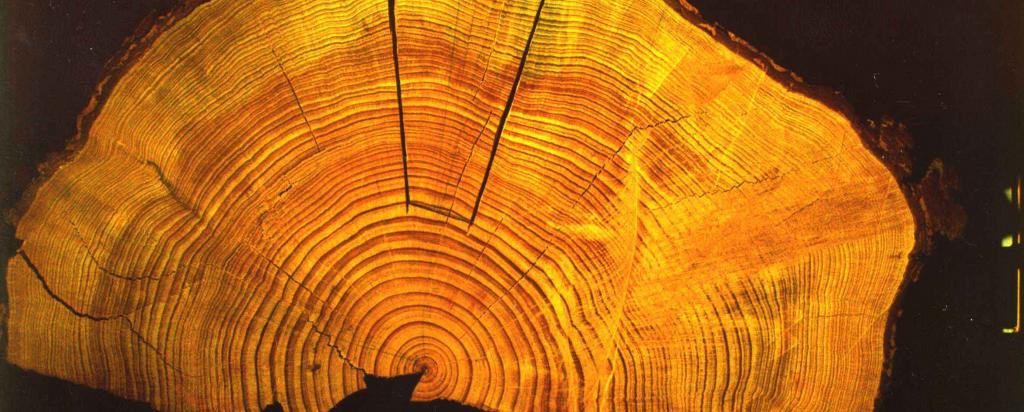
Radiocarbon dating
Radiocarbon dating analyses may be carried out on diverse natural materials such as lake sediments, groundwaters and surface waters, tree-rings, ice-cores, corals, soils and air.
Please discuss your proposal with the appropriate ANSTO Contact Scientist before submitting your proposal as they will assist you in making the correct capability selection.
Capability selections
Selecting the right capability depends on your sample type, or the form in which you wish to send the sample.
- C-14 analysis + target preparation from standard treatment - charcoal, shell, bulk sediment, water DIC, water DOC should be selected for routine samples that require simple pre-treatment (e.g. the AAA treatment). Sample such as charcoal, shell and corals, water, peat, sediment and fabrics are included as requiring standard treatments. We will pre-treat the samples, isolate the carbon dioxide and convert it to graphite prior to AMS measurement
- C-14 AMS analysis + target preparation from complex treatment - bone, pollen, holo/alpha cellulose, method development should be selected for samples needing isolation of pollen from sediments, collagen from bone and cellulose from tree- rings which require a more extensive pre-treatment. Collagen from bone also includes stable isotope analysis to ascertain the quality of the bone and of the collagen isolated from the bone. These results are also reported with the final AMS measurement. Bone samples which are deemed to be too degraded for analysis will be returned without further processing
- C-14 analysis + target preparation from CO2 in break seal should be selected when carbon dioxide is sent to ANSTO for conversion to graphite and subsequent AMS analysis
- C-14 analysis of pre-prepared graphite should be selected when you wish to pre-treat and process the sample yourself, and send the graphite target to ANSTO for AMS analysis
- C-14 AMS analysis + target preparation - small sample - to be added, as required, to any of the above selections should only be added for samples which are expected to yield ≤100 µg of carbon after processing. This additional charge which will cover the extra costs involved in the preparation and measurement of these small graphite targets
- C-14 AMS analysis + target preparation from raw rock - quartz (in-situ) should be selected for extraction of in-situ produced 14C from rock, preparation of target and AMS measurement
- C-14 AMS analysis + target preparation from pure quartz (in-situ) should be selected for extraction of in-situ produced 14C from purified quartz, preparation of target and AMS measurement
Sample preparation and measurement
Radiocarbon dating is performed on a variety of sample types; optimum sample sizes are listed in Table 1 below. For samples such as sediment and DOC in water, the sample size depends on the organic carbon content. Please contact us to discuss these prior to sending samples.
Table 1. Optimum sample sizes for AMS Radiocarbon analysis
| Material | Quantity | Material | Quantity |
|---|---|---|---|
| Charcoal | 10 - 50 mg | Bone(a) | 0.5 - 2 g |
| Wood | 20 - 30 mg | Paper, textiles | 20 - 30 mg |
| Cellulose from wood | 50 - 100 mg | Seeds, leaves | 20 - 40 mg |
| Carbonates (shell/coral/stalagmites) | 20 - 30 mg | Water (DIC) | 0.5 - 1 L |
| Sediment (dry) | 1 - 3 g | Water (DOC) | 0.25 - 1 L |
(a) The sample size depends on the degree of bone preservation.
Science contacts
Please get in touch if you have any questions about radiocarbon dating.
